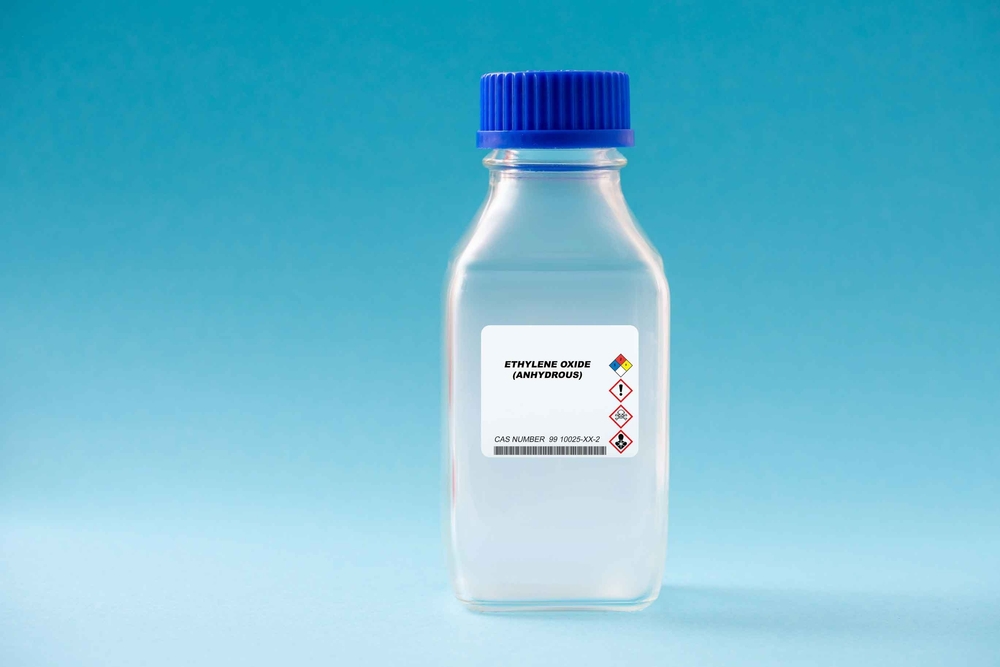A recent jury ruling in Cook County, Illinois, granting a $360 million win to plaintiff Sue Kamuda in her damages suit against medical sterilizer Sterigenics’ Willowbrook plant does not bode well for facilities using ethylene oxide (EtO).
In the suit, Kamuda claimed she contracted cancer from breathing emissions from the facility over three decades.
According to Bloomberg Law, Sterigenics has been the subject of an avalanche of more than 760 lawsuits claiming the company is aware of the hazards of breathing those emissions yet fails to report the hazard to the community.
The Willowbrook plant “has remained shuttered since early 2019, when Gov. JB Pritzker used the Illinois Environmental Protection Agency to order the plant closed,” Bloomberg Law adds. “Sterigenics has accused Pritzker and the IEPA of acting unlawfully in closing their plant. They noted no one has ever accused them of violating any emissions limits imposed by either the state or federal government. In the meantime, Illinois enacted stringent new EtO emission limits, which prompted Sterigenics to abandon the fight to reopen the plant.”
What is EtO?
EtO is a colorless, flammable gas with two primary purposes:
- Make other chemicals and products, like antifreeze and plastic bottles.
- Sterilize items that can’t be sterilized by steam, such as some types of medical equipment.
According to the Food and Drug Administration (FDA), “more than 20 billion devices sold in the U.S. every year are sterilized with [EtO], accounting for approximately 50% of devices that require sterilization.”
Further action on EtO
On September 19, 2022, the same date the Cook County Jury verdict was reported, EarthJustice, on behalf of environmental and health advocacy groups, sent a 60-day Notice of Intent to sue the EPA over the Agency’s inaction to regulate harmful carcinogenic air emissions from EtO facilities, as the law requires.
EtO is regulated by the National Emissions Standards for Hazardous Air Pollutants (NESHAP) under the Clean Air Act (CAA), which requires the EPA to reviews its standards every 8 years; however, “the agency has repeatedly missed this deadline; first in 2014 and again in April 2022,” according to an EarthJustice press release.
The Agency recently reported updated data for EtO, which indicates the gas is 60 times more toxic than previous risk assessments suggested. Additionally, an August EPA press release listed 23 EtO facilities across the country “where a lifetime of exposure to EtO emissions could lead to long-term health impacts if some of these facilities continue to emit at the current levels.”
Locations on the list include:
- Lakewood, CO
- Groveland, FL
- Taunton, MA
- Hanover, MD
- Jessup, MD
- Salisbury, MD
- Jackson, MO
- Columbus, NE
- Franklin, NJ
- Linden, NJ
- Ardmore, OK
- Erie, PA
- Zelienople, PA
- Añasco, PR
- Fajardo, PR
- Salinas, PR
- Villalba, PR
- New Tazewell, TN
- Memphis, TN
- Athens, TX
- Laredo, TX
- Sandy, UT
- Henrico, VA
“EPA has delayed for too long to update sterilizer rule while communities suffer unnecessary toxic exposure and unacceptable cancer risks,” said Earthjustice Attorney Marvin Brown. “Congress passed the [CAA] to protect communities from the harmful effects of air pollution, and tasked EPA with ensuring that industry emissions do not threaten public health. By failing to timely revise its sterilizer rule, EPA has left communities to fend for themselves against a deadly, cancer-causing chemical. We are calling on the EPA to finally remedy this injustice without further delay.”
The EPA says it expects to propose updated EtO regulations before year end.

